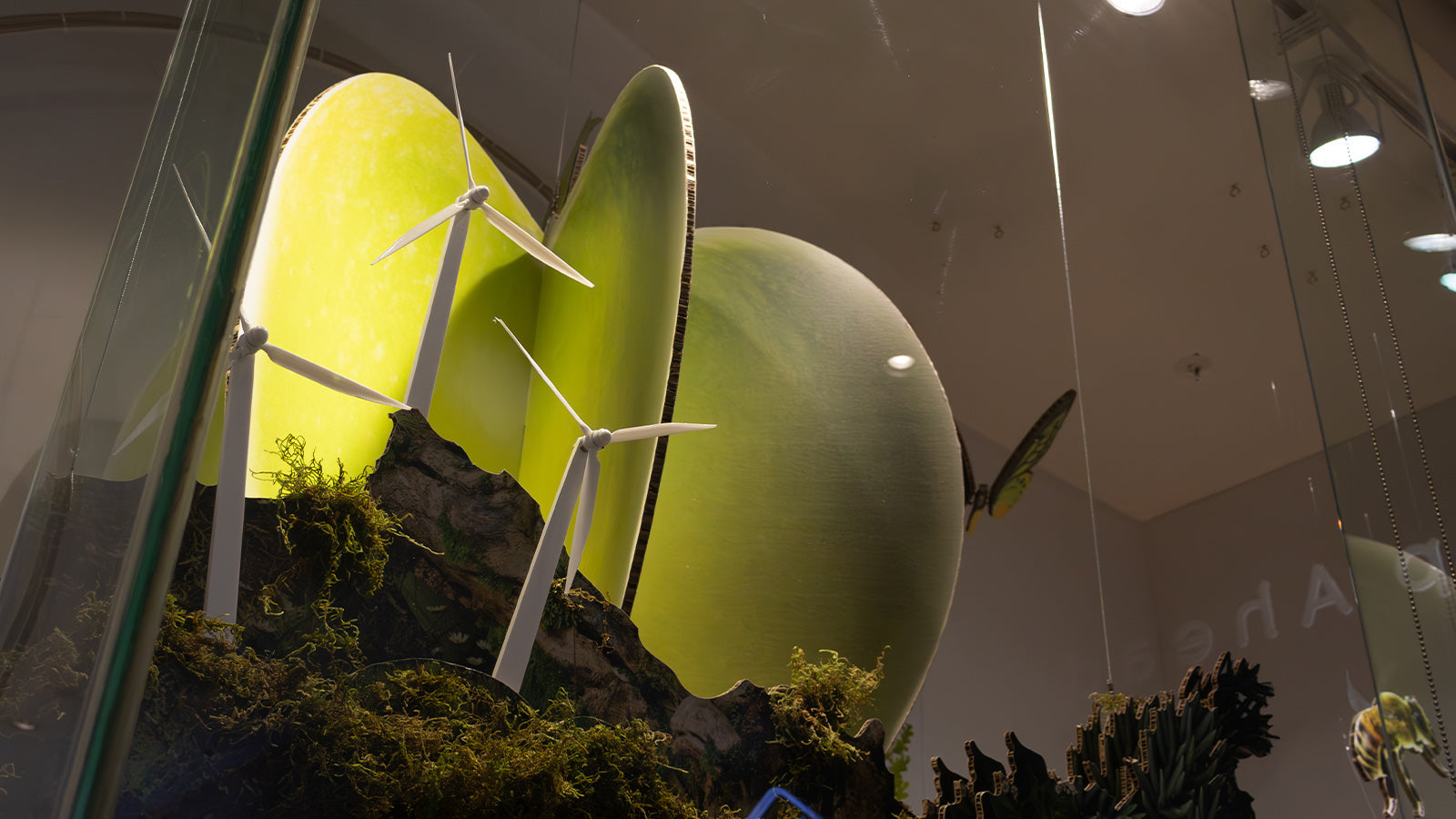Think it’s just a board? Think again.
Xanita board has become the go-to material for designers looking to push boundaries without pushing up their carbon footprint. It’s strong, lightweight, printable, and 100% repulpable—which means it ticks boxes for brands and builders alike. But it’s what people are doing with it that’s really turning heads.
Here are five standout ways creatives are using Xanita board right now:

1. Immersive Brand Activations
Go big, stay light.
From car launches to fashion events, brands are pulling out all the stops to create immersive, experiential environments. Xanita board enables large-format builds like branded tunnels, selfie walls, 3D letters, and layered backdrops—all without the usual hassle of heavy timber or MDF.
Take our recent activation for Polo South Africa—a 9-metre-wide storytelling wall installed at the V&A Waterfront. It was bold, branded, and easy to transport and assemble. The entire build flat-packed into a van and required minimal tools on site.
👉 Why it works: Low weight, fast installation, full-surface printing, and zero compromise on strength or visual impact.

2. Sculptural Archways & Branded Entrances
Your entrance sets the tone—make it count.
Designers are using Xanita board to build bold archways and gateway structures at exhibitions, conferences, retail spaces, and pop-ups. These aren’t just decorative—they’re engineered showstoppers that welcome people into a space while reinforcing brand identity.

Whether it’s a curved organic shape or a sharp geometric entry, Xanita makes it structurally viable (and easy to assemble onsite) without the complexity and cost of traditional materials. Even better—when the event is over, the entire structure can be disassembled and stored flat.
👉 Why it works: Great material yield, no need for framing, and light enough to assemble by hand. Add CNC cutting, and the design possibilities are endless.

3. Modular Expo Booths
Exhibitions just got smarter.
Gone are the days of single-use booths and complicated transport logistics. Brands and agencies are now building modular booth systems with Xanita that can adapt, reconfigure, and scale up or down as needed. Think branded walls, counters, shelving, storage units—all from one material.

Because Xanita board is printable, designers can apply new artwork directly to the board for each event without needing vinyl wraps or overlays. That means less material, fewer steps, and a sleeker, more premium look.
👉 Why it works: Built-in reusability, flat-pack transport, print-ready surfaces, and fast install times—especially useful for agencies managing multiple activations across different venues.

4. Stackable Cubes & Versatile Display Units
Big impact. Minimal effort.
These aren’t just cubes—they’re modular brand totems that punch well above their weight. Designers are increasingly turning to stackable Xanita board cubes to create high-impact, sculptural displays that feel substantial but are deceptively lightweight.

Use them as bold information carriers, product highlights, or tiered storytelling elements. Stack them vertically for height, cluster them for rhythm, or scatter them across a space to draw the eye—then pack them flat when the show’s over.
Thanks to direct printing, they can be fully branded, colour-matched, and brought to life with text, imagery, or patterns—no vinyl or laminates needed.

👉 Why it works: They look solid and substantial, but are modular, flat-packable, and easy to assemble. A smart way to add dimension and messaging without the logistical headache.
5. Dynamic Window Displays
From static to story-driven.
Retail windows are no longer just about product placement—they’re storytelling canvases. Designers are using Xanita board to craft layered, sculptural, and interactive window displays that bring brands to life. From floating 3D logos to seasonal cut-out scenes and kinetic hanging elements, the material allows for easy iteration and fast turnaround.

Because it’s printable and easy to cut or engrave, brands can create visual depth and dimension at a fraction of the cost and weight of acrylic or MDF. Some retailers are even rotating elements seasonally with minimal waste or redesign.
👉 Why it works: Cost-effective creative flexibility, fast production, and aligns perfectly with brands prioritising sustainability without sacrificing aesthetics.
Final Thought
When the material is smart, the design can be bold.
Xanita board isn’t just a sustainable substitute—it’s a canvas for creativity. Whether you're crafting a brand world, a pop-up space, or a reconfigurable display, it opens up new ways to think, build, and design.
Ready to rethink your next build?



Share:
A Win for Sustainable Design: The Starbucks Bakery Unit Takes Top Honours at the 2025 OMA Awards
Retail Is Changing. Is Your Display Strategy Ready?